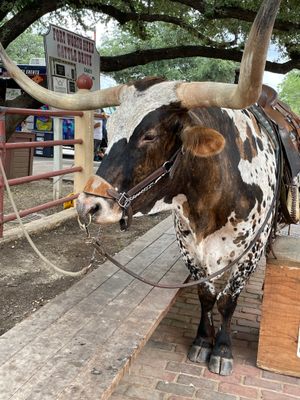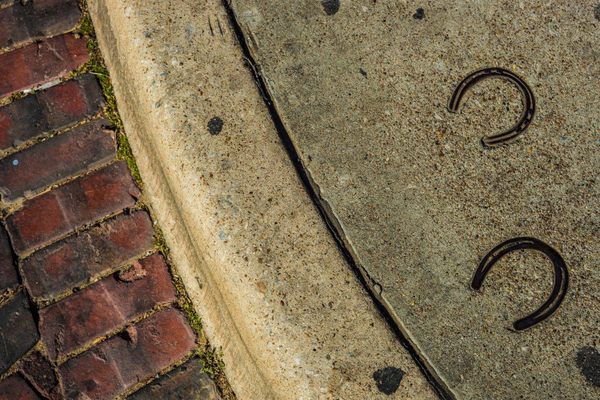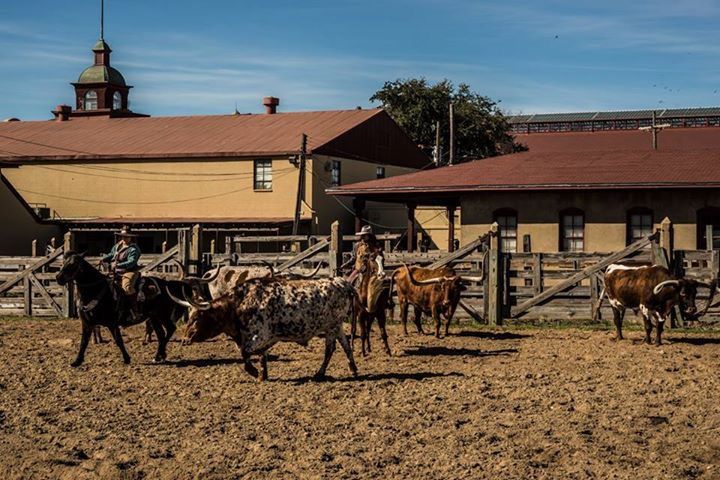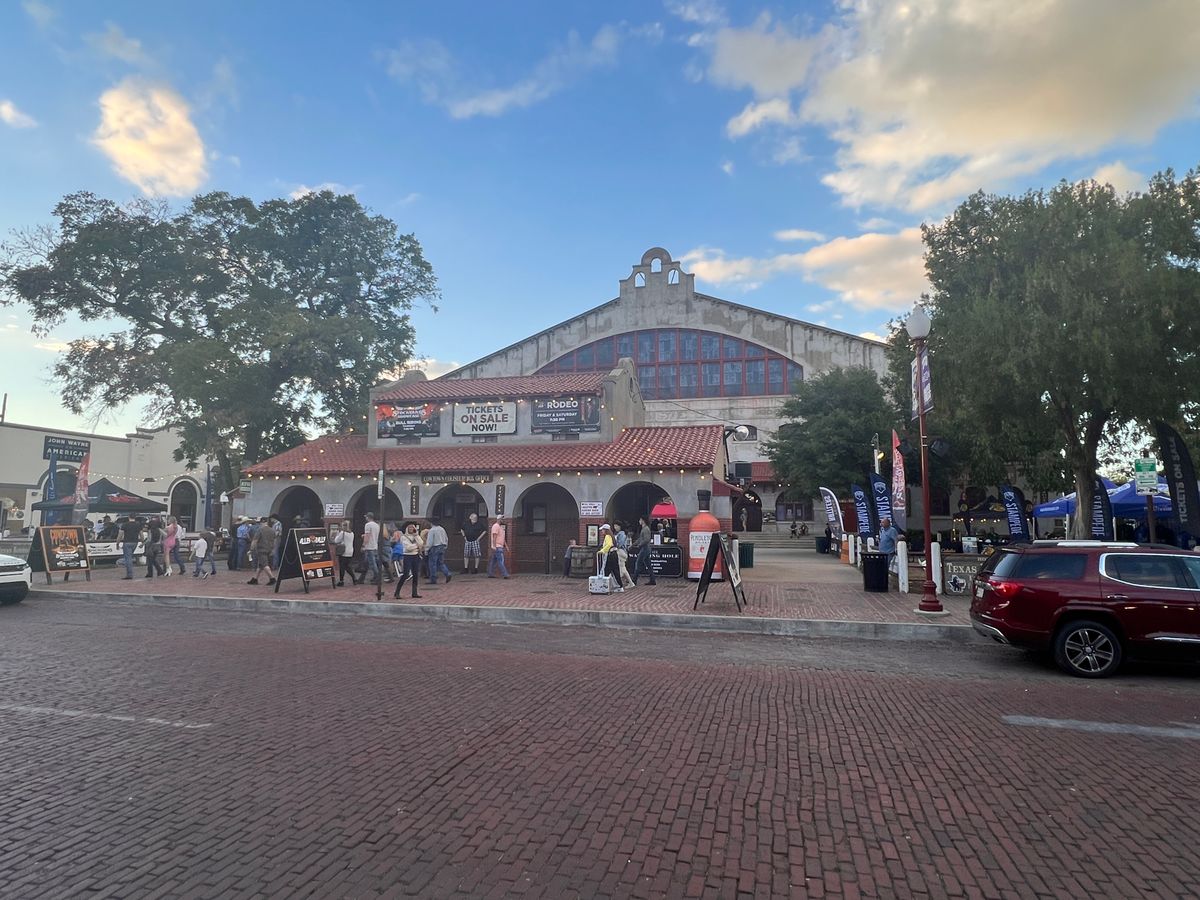About
The historic stockyards located in Fort Worth may be old, but they haven't been forgotten. It fact, it's the stockyard's former productivity that labeled the city to be colloquially recognized as “Cowtown”, due to the millions of cattle that were bought and sold at auction from 1866 to 1890.
The Old West is known for its wild, untamed image of desolate landscapes, occupied by sparsely located towns dispersed amongst the remote frontier. Some of the inhabitants of this unforgiving terrain included cowboys who were characteristically well known for their cattle driving. For the cowboys heading longhorn cattle in a northerly direction from southern Texas by way of the Chisholm Trail, Fort Worth was the last major settlement on the trail with railroads capable of distributing livestock to major population centers in the United States. Soon the growing demand for beef on the eastern seaboard prompted one wealthy entrepreneur from Boston, Greenleif W. Simpson, to capitalize on the livestock market by establishing stockyards and accompanying processing facilities at Fort Worth.
The emergence of the interstate highway system displaced the dependence of railroads causing the livestock business to significantly decline at the Fort Worth stockyards, which now consist of entertainment venues such as shopping outlets, restaurants, and an indoor rodeo. Most of these businesses are next to the main street that runs though the stockyard district where cowboys showcase cattle drives for audiences. Although the superficial attractions displayed at the stockyards are only sleight attempts designed to draw in visitors to spend money, the scenery still provides a subtle romantic image of the Wild West.
Related Tags
Community Contributors
Added By
Published
December 1, 2015












































































